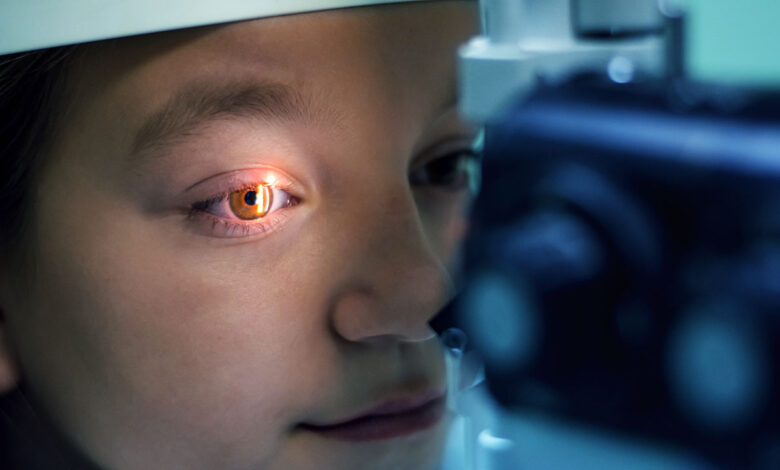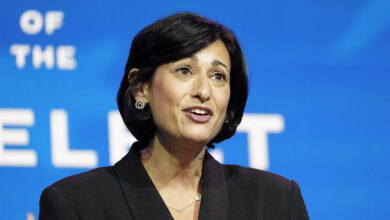Pandemic made kids’ eyesight worse, doctors say

Many kids are emerging from the pandemic with vision problems, doctors say. A primary culprit, they believe, is increased screen time.
Eye doctors say they are seeing more children—many of whom were in virtual school—with new and worsening prescriptions for myopia, or near-sightedness. Rates of myopia in children were already increasing globally before the pandemic, but some research suggests the past year has exacerbated the problem. Doctors also report more cases of digital eye strain in kids.
A leading theory behind rising myopia rates posits that when children look at screens or books for prolonged periods, the eye adjusts to accommodate a close focus, which may change and elongate the shape of the eye, leading to myopia. Likewise, decreased outdoor time may increase and worsen myopia, as people tend to look farther away when they’re outside. Natural light and physical activity outside may also play a role. (Adults don’t tend to experience significant worsening of myopia because eye growth generally stabilizes after childhood.)
CDC LOOSENS MASK REQUIREMENTS FOR SUMMER CAMPS
“We know that focusing up close and not being outside has increased the rate of myopia,” says Julia A. Haller, the ophthalmologist-in-chief at Wills Eye Hospital in Philadelphia. “There’s been a huge impact from the pandemic,” she says.
In a January study in the journal JAMA Ophthalmology, researchers in China looked at myopia rates in more than 120,000 homebound children during the pandemic and found the prevalence in children ages 6 to 8 increased up to three times compared with the previous five years.
Doctors in the U.S. report similar increases. Allison Babiuch, a pediatric ophthalmologist at the Cleveland Clinic in Ohio, says she’s had many kids coming in with worse vision. “We’re seeing a big jump in their prescriptions,” she says of her patients.
CDC EXPECTS COVID-19 DATA ON KIDS BY FALL, WALENSKY SAYS
Some children are progressing to high myopia, which is when a prescription or the refractive error is minus six diopters or more. Children and adults with high myopia are at greater risk of developing retinal holes or tears, as well as conditions like glaucoma and cataracts. “There are reasons why we don’t want people to have high myopia,” says Dr. Babiuch.
There are some treatments for children who appear to be progressing toward high myopia, or have a family history of it, that involve wearing special contact lenses, as well as an experimental treatment that uses low-dose dilating drops, says Dr. Babiuch. “It doesn’t stop the progression of myopia, but it slows the progression,” she says.
Megan Collins, a pediatric ophthalmologist at the Johns Hopkins Wilmer Eye Institute in Baltimore, says the children she’s seeing with new or worse myopia are often the ones who are in virtual school.
CLICK HERE FOR COMPLETE CORONAVIRUS COVERAGE
“I’ve seen some younger kids that last year when I saw them they had no significant refractive error,” adds Dr. Collins. “Nothing that required glasses. Within a year they’ve had a pretty substantial change in their vision.”
The earlier one develops myopia, the greater the risk of developing vision-threatening eye conditions later, says Dr. Collins.
Source link





